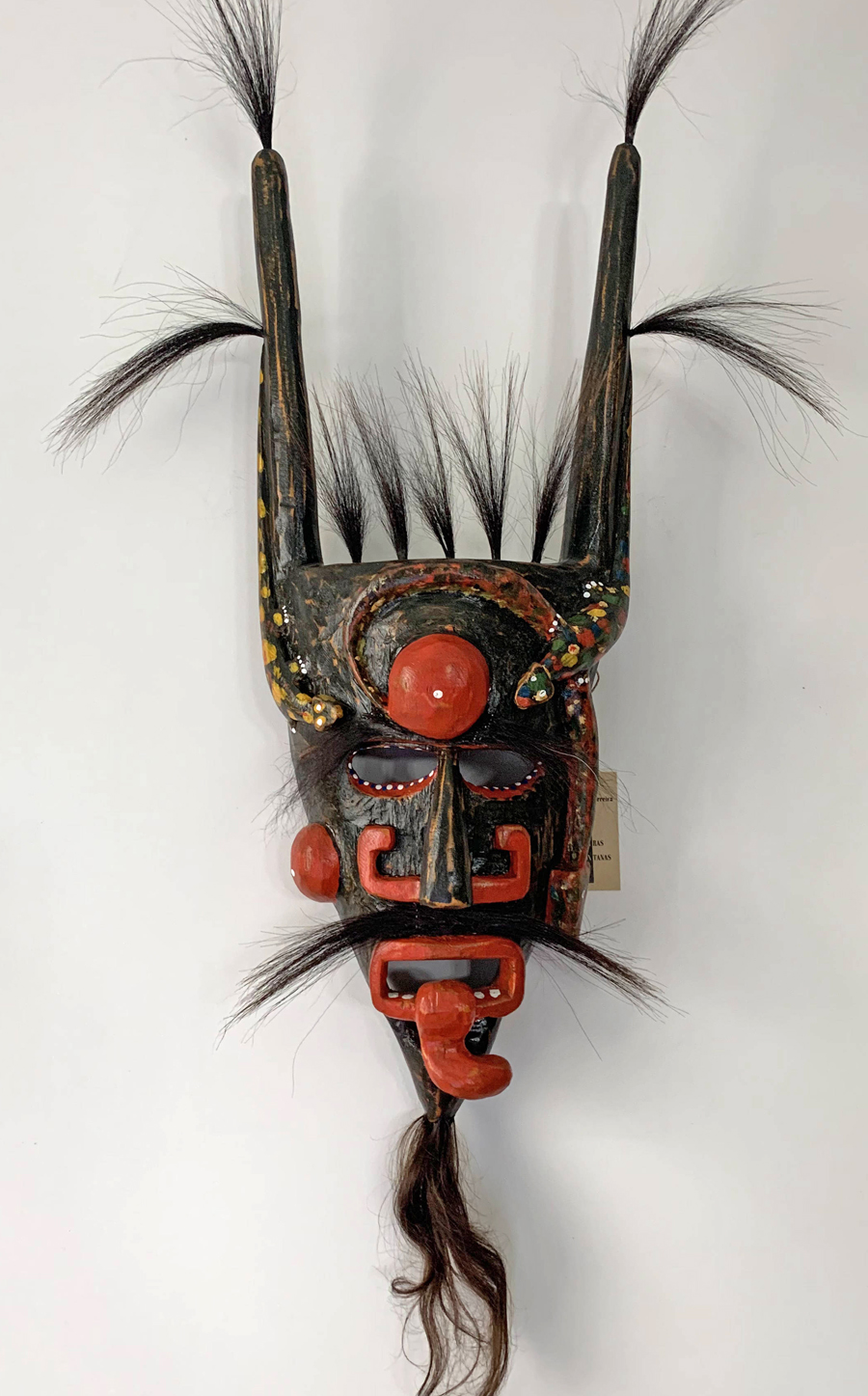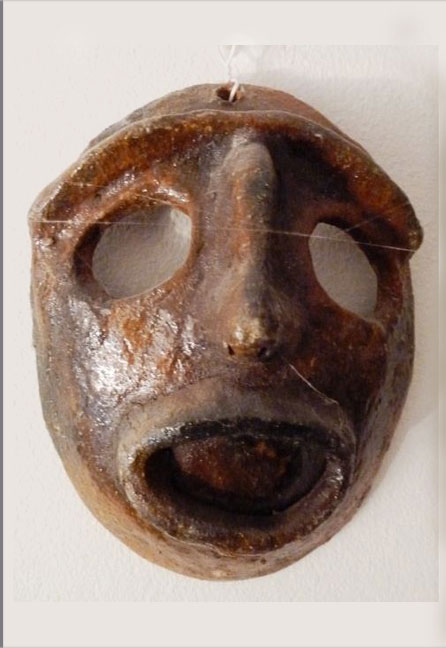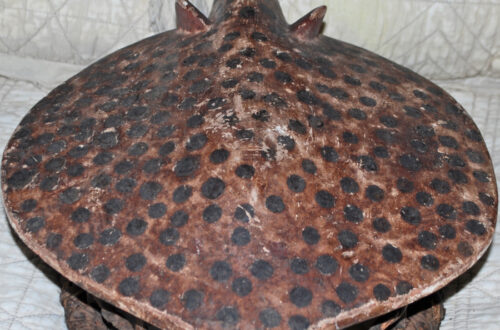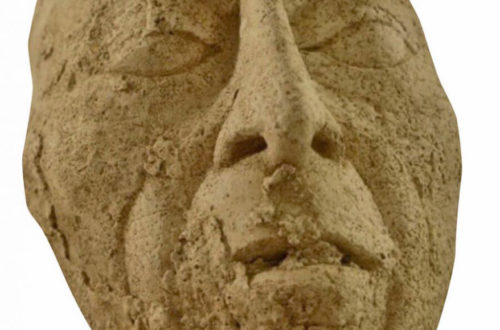 This mask is part of the cultural heritage left by Celtic settlements in the north of Portugal (13th Century BC). Masks were a central part of pagan rituals at the time, representing demons, animals and valued human assets such as wisdom, happiness and experience.
This mask is part of the cultural heritage left by Celtic settlements in the north of Portugal (13th Century BC). Masks were a central part of pagan rituals at the time, representing demons, animals and valued human assets such as wisdom, happiness and experience.
Chocalheiro masks are one of the most well known symbols, and the old pagan rituals brought by the Celts gave birth to the festivities that have been kept throughout the centuries in several villages in the north, with slight variations from place to place.
They represents a pagan entity, which is neither good or evil. In fact, such descriptions were only introduced in the rituals when Christianity started to become more popular in these remote villages and by then all pagan symbols were deemed evil (despite having a role in Christian festivities as I’ll explain later on) and forbidden to enter churches or holy places.
Before Christianity, the Chocalheiro was simply an embodiment of wishes that people made by the end of the year, in the winter solstice. As such, people would bid in an auction for the right to name the person who would wear the Chocalheiro mask in the ritual, as a way to convey their wishes for the coming year. The bids would be payed as tribute in gold, food or drink. On the days before winter solstice, they would go out in the streets as a demon from the ending year, playing pranks, stealing and drinking.
With the growth of Christianity, pagan rituals were either banned or changed in order to fit Christian belief. The Chocalheiro was then adopted as a way to collect people’s donations in coin or food, and promote a sharing culture in the villages. The ritual is still done in the winter solstice and most of the pagan symbols are still used, but the dates coincide with relevant Christian dates. Usually the door-to-door collection of donations is done in the day of São João (in the Mirandese dialect, “San Juan”, hence the name of this mask).
After Christmas, the mask and its suit are stored away until the Carnival (in February) when they bring the Chocalheiro to a public place and burn it as a way to cast away the evil of the year that is now far in the past.
– Horns: The Chocalheiro is a beast-like figure, inspired by an ox it usually has two horns as a representation of strength and masculinity;
– A Snake coming out of an apple and an apple on the right cheek:
– Red apples are an apotropaic symbol, meant to keep evil and bad spirits at bay;
– The snake is one of the strongest symbols in pagan culture, representing wisdom but also representing human fertility. Salome, 1780
This is carefully researched and well photographed. Serious collectors and curators would do well to save it. Bob 







One Comment
Carlos
This article has so many factual errors it’s not even funny. You should either research Chocalheiro more, or delete this article. It’s shameful.